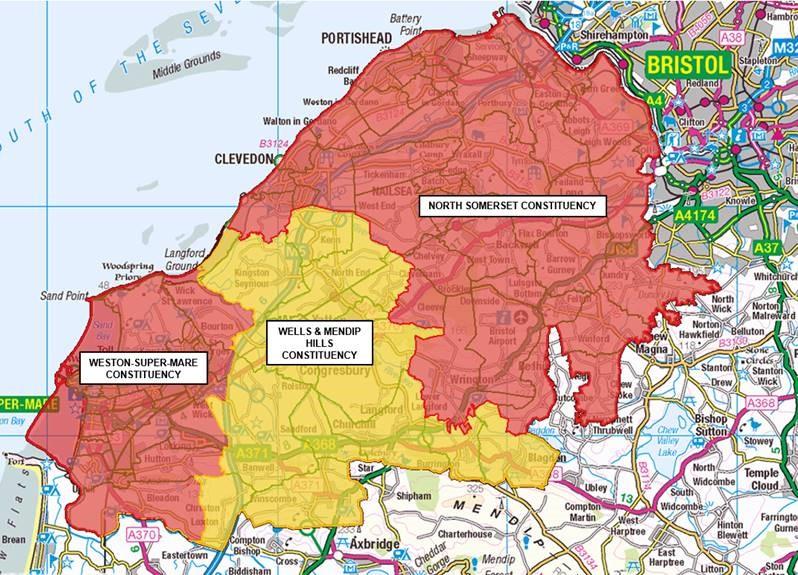The Boundary Commission for England (BCE) is an impartial review of all constituencies in England. This is required by parliament to rebalance the number of electors in some constituencies.
The number of constituencies in England had to increase from 533 to 543. The new map of constituencies proposed by the commission therefore has significant changes.
The review has made sure that all parliamentary constituencies will have roughly the same number of electors, within 5% of the same total. This means that each MP will represent between 69,724 and 77,062. The only exception to this will be the two ‘protected’ constituencies for the Isle of Wight.

